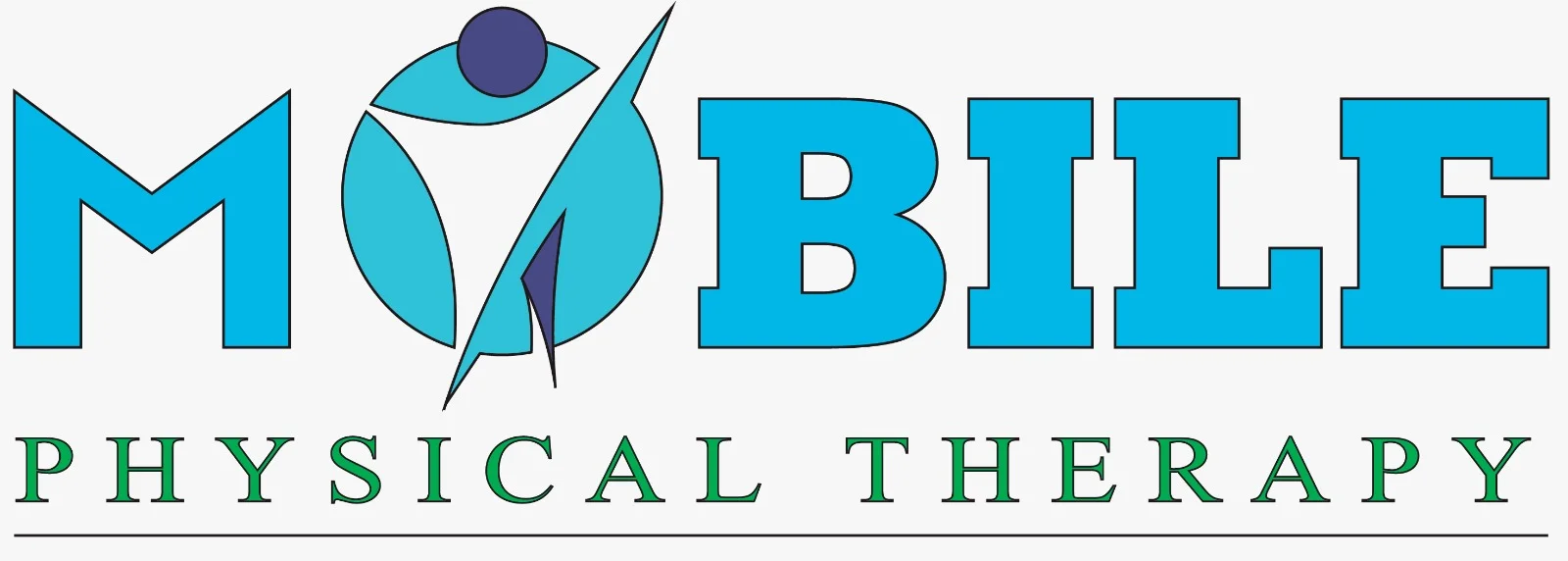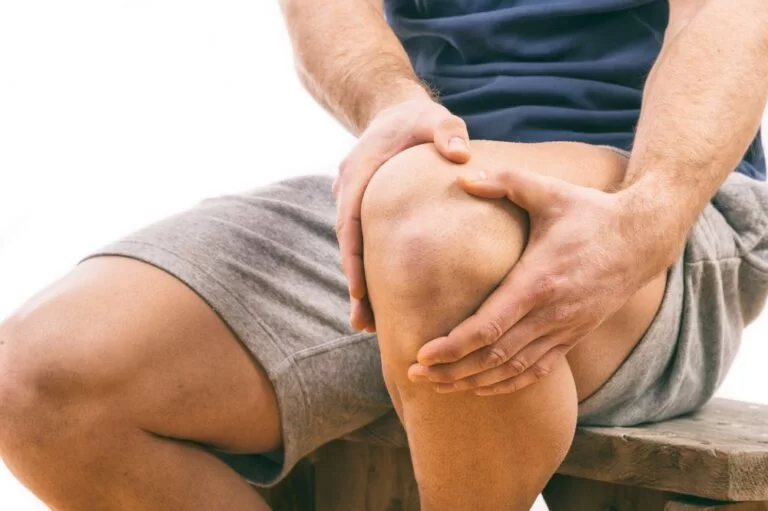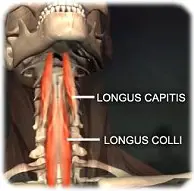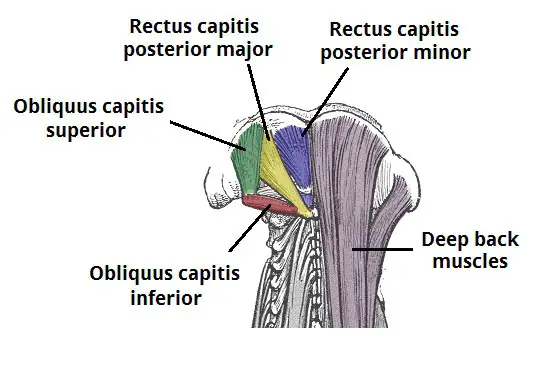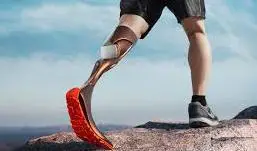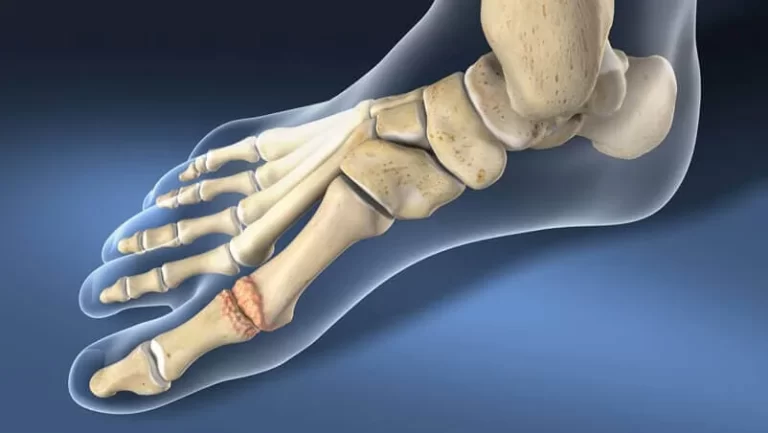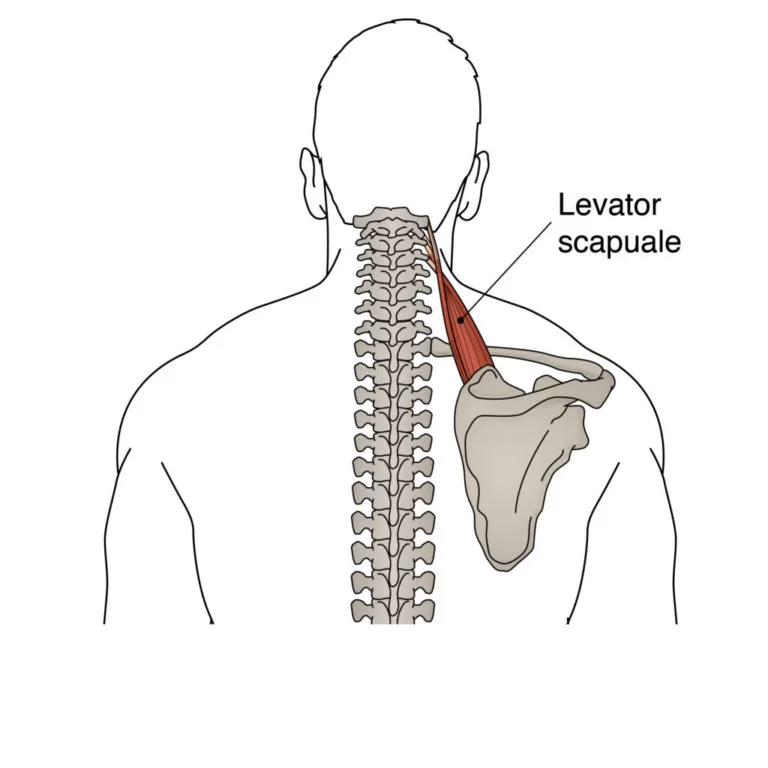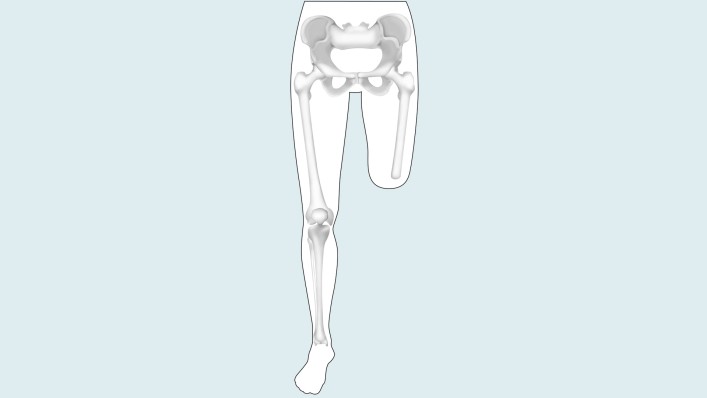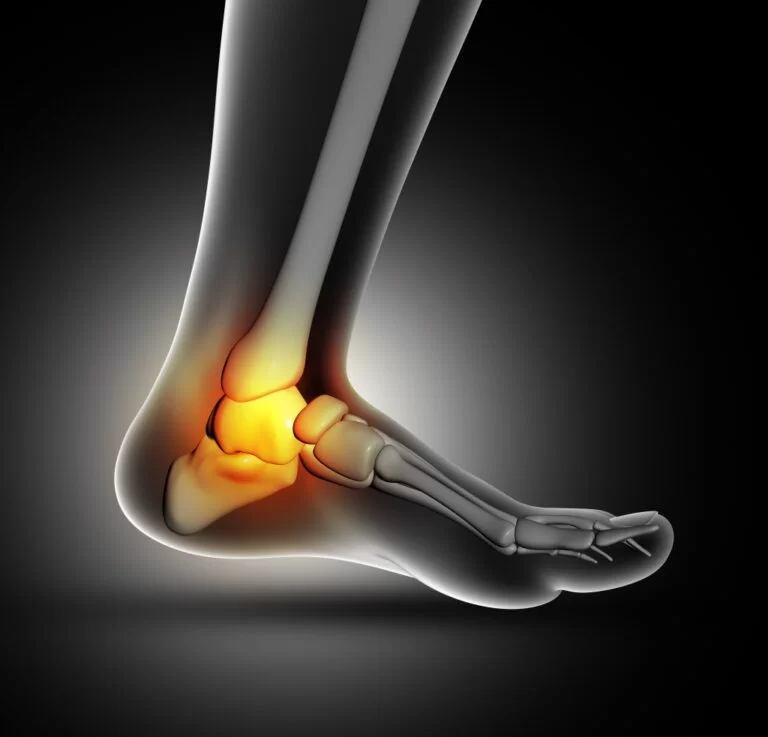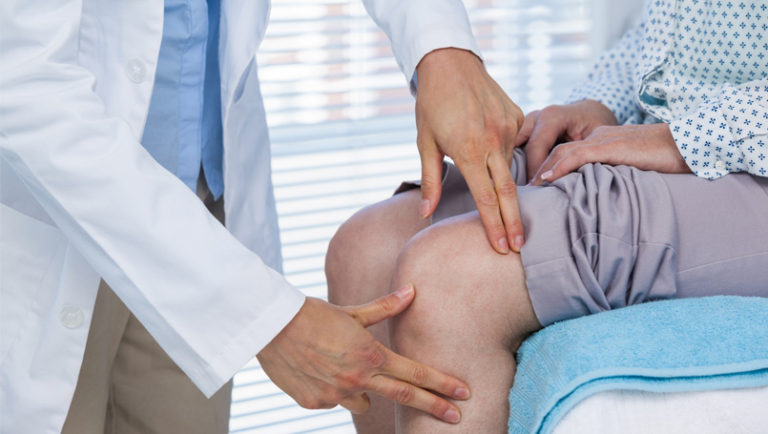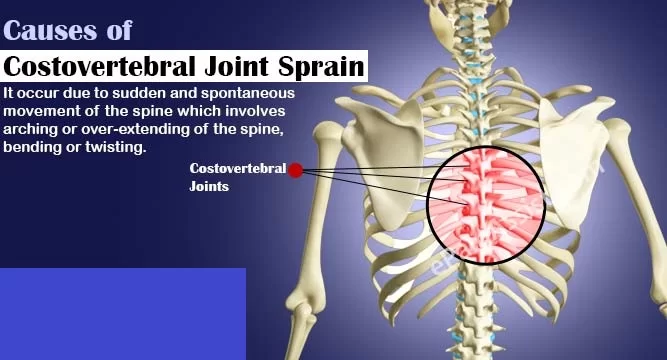Knee Pain: Physiotherapy Management
What is a Knee Pain? Knee Pain are the most common condition seen in India. People in India highly uses knee joint, This high usage may lead to more wear and tear around the Knee joint. Knee joint is also weight-bearing joint, so on relieving pain takes more time. The knee is a complex structure…
